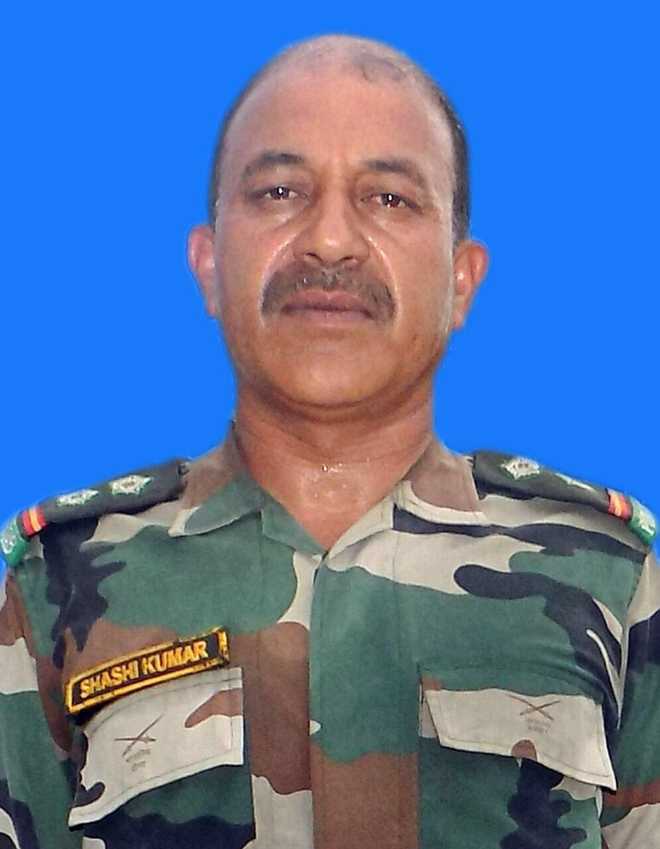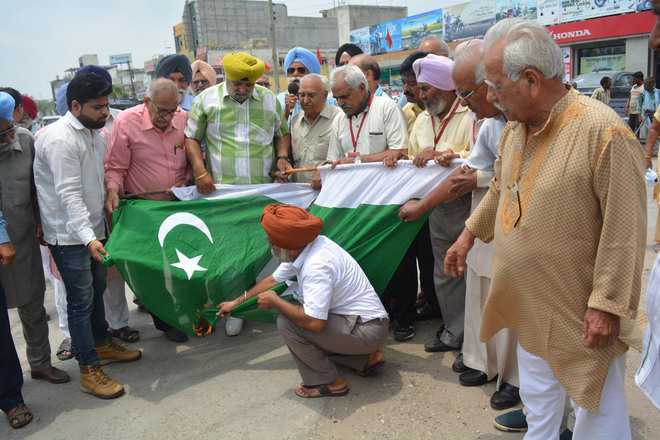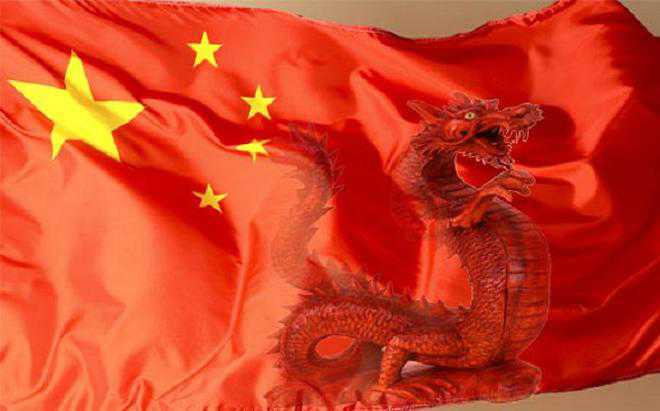Beijing is currently waging fullthrottle psychological warfare over Doklam to tame India
The current troop standoff with China at Doklam offers India important lessons that go far beyond the Chinese intrusion into this Bhutanese plateau. Unless India grasps the long-term threat posed by an increasingly muscular China and responds with an appropriate counterstrategy, it is sure to confront much bigger problems than Doklam. Unfortunately, institutional memory in India tends to be short, with a mindset of immediacy blurring the bigger picture.
 APChina’s strategy is to subdue India by attacking its weak points, striking where it is unprepared, and hampering its rise to the extent possible.For example, Jammu and Kashmir Chief Minister Mehbooba Mufti’s recent statement that China is “meddling” in her state was seen as signifying a new trend. In truth, China — occupying a fifth of the original princely state of J&K and now enlarging its strategic footprint in Pakistanoccupied J&K — has long been playing the Kashmir card against India. In 2010 it honed that card by aggressively adopting a stapledvisa policy for J&K residents.
APChina’s strategy is to subdue India by attacking its weak points, striking where it is unprepared, and hampering its rise to the extent possible.For example, Jammu and Kashmir Chief Minister Mehbooba Mufti’s recent statement that China is “meddling” in her state was seen as signifying a new trend. In truth, China — occupying a fifth of the original princely state of J&K and now enlarging its strategic footprint in Pakistanoccupied J&K — has long been playing the Kashmir card against India. In 2010 it honed that card by aggressively adopting a stapledvisa policy for J&K residents.
To mount pressure, Beijing has tacitly questioned India’s sovereignty over the 45% of J&K under Indian control and officially shortened the length of the Himalayan border it shares with India by purging the 1,597-kilometre line separating Indian J&K from Chinese-held J&K.
China’s Kashmir interference will only increase as a result of its so-called economic corridor through Pakistan-held J&K, where Chinese military presence is growing, including near Pakistan’s ceasefire line with India. India now faces Chinese troops on both flanks of its portion of J&K.
China, which fomented the Naga and Mizo insurgencies, taught its “all weather” client Pakistan how to wage proxy war against India. China still fans flames in India’s northeast. For example, Paresh Barua, the long-time fugitive commanderin-chief of ULFA, has been traced to Ruili, in China’s Yunnan province.
Some other Indian insurgent leaders have been ensconced in Myanmar’s Yunnan-bordering region controlled by the China-backed Kachin Independence Army. This newspaper reported in 2015 that Chinese intelligence played “an active role” in assisting nine northeast Indian insurgent groups to form a united front.
The illicit flow of Chinese arms to India, including to Maoists, was confirmed by Home Secretary G.K. Pillai in 2010. Meanwhile, the deepening China-Pakistan nexus presents India with a two-front theatre in the event of a war with either country.
China’s strategy is to subdue India by attacking its weak points, striking where it is unprepared, and hampering its rise to the extent possible. As part of this strategy, it is waging a multipronged unconventional war without firing a single shot. It is closing in on India from multiple flanks, extending from Nepal to the Indian Ocean.
Sixty-six years after gobbling up buffer Tibet and mounting a Himalayan threat, China — with the world’s fastest-growing submarine fleet — is opening a threat from the seas against India.
Its recently opened naval base in Djibouti, at the Indian Ocean’s northwestern edge, constitutes just a first step in its game plan to dominate the region.
For India, whose energy and strategic infrastructure is concentrated along a vulnerable, 7,600-kilometre coastline, this represents a tectonic shift in its threat calculus.
Add to the picture China’s economic warfare to undermine India’s strength in various ways, including stifling its manufacturing capability through largescale dumping of goods. Artificially low prices of Chinese products also translate into India losing billions of dollars yearly in customs duties and tax revenue.
Portentously, China, including Hong Kong, made up 22% of India’s imports in 2015, with the US just at 5% and Japan at 2%.
Yet India has yet to fully shed its policy blinkers. As India repeats the same old platitudes about conciliation and cooperation, China is making clear that there cannot be “two Suns in the sky” — or, as a Chinese idiom goes, “one mountain cannot accommodate two tigers”. With its rekindled, atavistic nationalism, China plainly wants to be Asia’s sole tiger.
Beijing is currently waging full-throttle psychological warfare over Doklam to tame India. Deception and mendacity are its tools. If India gives in, it will endure strategic subordination and ignominy forever.
Foreign Minister Sushma Swaraj’s excellent rebuttal in Parliament of Chinese disinformation begs the question: Why has India been so slow in countering Beijing’s propaganda war?
 New Delhi must play psychological hardball: Instead of appearing zealous for talks, it should insist that China first withdraw both its troops and preconditions, while leaving Beijing in no doubt that India will hold its ground, come what may. If India is to stop China’s creeping, covert encroachments and secure Himalayan peace, it must be ready to give Beijing a real bloody nose if it escalates the standoff to a conflict. Humiliating China even in a localised military engagement, in 1967 style, is vital to help destabilise its expansionist regime.
New Delhi must play psychological hardball: Instead of appearing zealous for talks, it should insist that China first withdraw both its troops and preconditions, while leaving Beijing in no doubt that India will hold its ground, come what may. If India is to stop China’s creeping, covert encroachments and secure Himalayan peace, it must be ready to give Beijing a real bloody nose if it escalates the standoff to a conflict. Humiliating China even in a localised military engagement, in 1967 style, is vital to help destabilise its expansionist regime.


















 AP
AP

























































